The single-story, wood-frame building on the corner of 1st and Workman streets in La Puente may not look like much to passerbys.
But the gray 4,200-square-foot American Craftsman-style bungalow embodies a rich history — it was the “center of many social and civic events during the early development of the Puente Valley,” according to a National Registry of Historic Places document.
That history is slowly fading as single or working women juggle multiple responsibilities and time for volunteering and civic participation declines, longtime member Pat McIntosh said in a recent interview. What’s more, while younger generations of women partake in activism related to the pay gap or the #metoo movement, the club focuses its efforts on broader, societal issues.
The club in La Puente has 26 active members — down from over 100 nearly a century ago, according to McIntosh.
“Many clubs throughout the country have shut down especially within smaller cities and communities. When there’s not enough members and not enough funds being raised, it’s difficult to maintain these clubhouses and as a result, these clubhouses are forced to close,” McIntosh said.
The La Puente Valley Woman’s Club started informally as a book club of about one dozen women who had meetings at La Puente High School, said Rene Hrey, president of the club. The original members’ husbands and others built them a space of their own in 1923 and they started organizing community events.
“This organization was one of many throughout the United States that established the idea that women had a moral duty and responsibility to transform public policy,” said Hrey, who has been a member for over 15 years. “The first generation of the Women’s Club began during the Progressive era, a period of widespread social activism and political reform across the country from the 1890’s to the 1920’s…These clubs, most of which had started out as social and literary gatherings, eventually became a source of reform for various issues such as education, child labor, juvenile justice, and many more issues.”
More recently, she said, club members at the local level aren’t allowed to participate in politics but there are members who are current or former politicians.
For instance, Violet Louis, a former La Puente mayor, is active in the club and represents the power and influence women have gained over the decades since the club was formed.
When the club’s new building first opened, membership jumped from the 12 original book club members to 147 within the first year, according to McIntosh.
Just as members back then planned and executed ways to strengthen their community, the club continues its involvement, according to the members interviewed.
“Our purpose is to help the community. We host fundraisers to help veterans, the homeless, families in need, as well as provide scholarships for high school students,” said Abby Yuzunza, who has been a member for over five years.
During World War II the clubhouse was used as a shelter for soldiers, Delores Kissinger said. Kissinger has been a member since 1993 and recalled stories about the impact the club has had.
“During the war, not everyone had radios but the clubhouse did. The club allowed the community to come and listen to the radio in order to stay informed with what was going on in the world,” said Kissinger.
The General Federation of Women’s Clubs, founded in 1890, is the umbrella group for smaller women’s clubs around the country. There are currently over 3,000 active clubs with 100,000 active members throughout the country — down from 850,000 in 1955, according to Kissinger.
Today, the clubs continue working on their mission of community improvement through volunteer service and tend to stay away from current social issues specific to women.
More information about women’s clubs throughout the country can be found at the www.gfwc.org.
Community News reporters are enrolled in JOUR 3910 – University Times. They produce stories about under-covered neighborhoods and small cities on the Eastside and South Los Angeles. Please email feedback, corrections and story tips to [email protected].

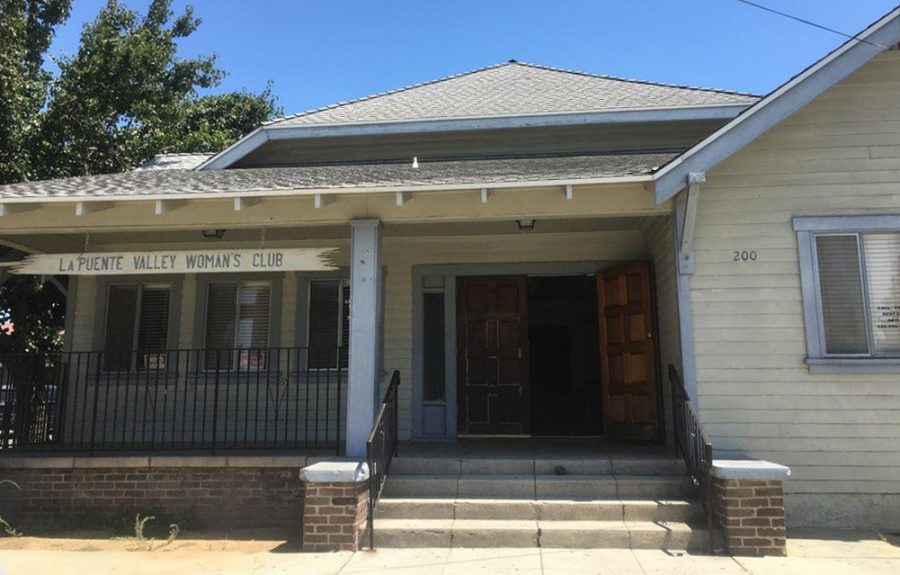
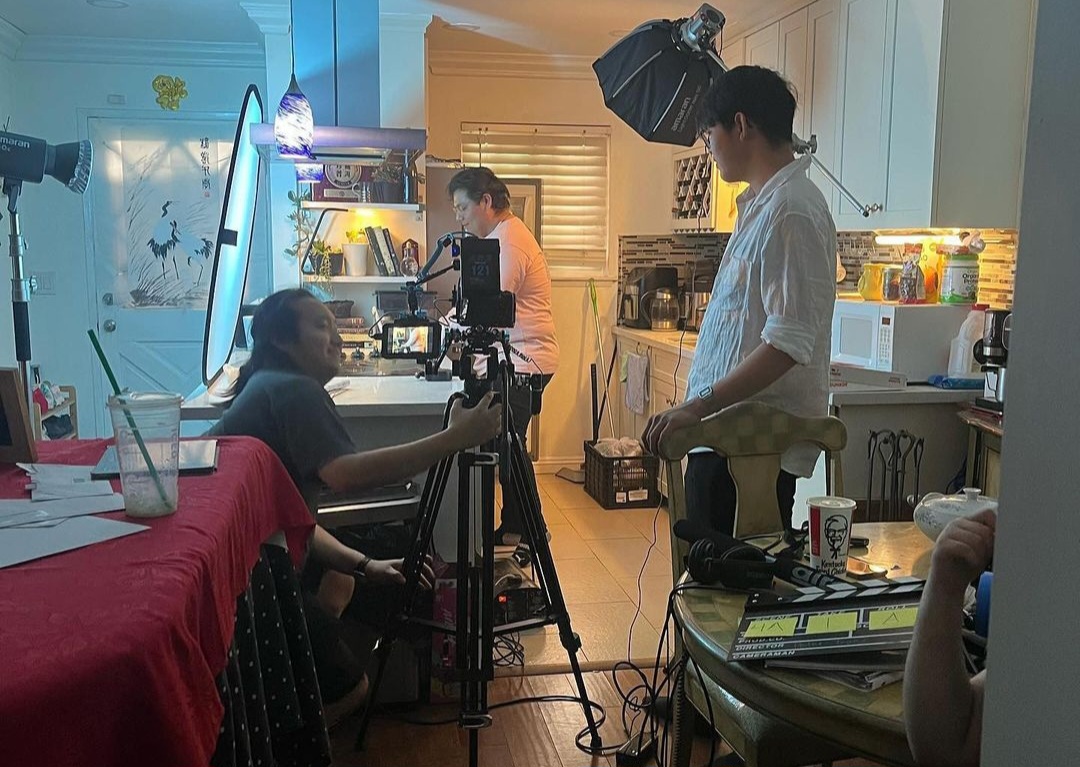
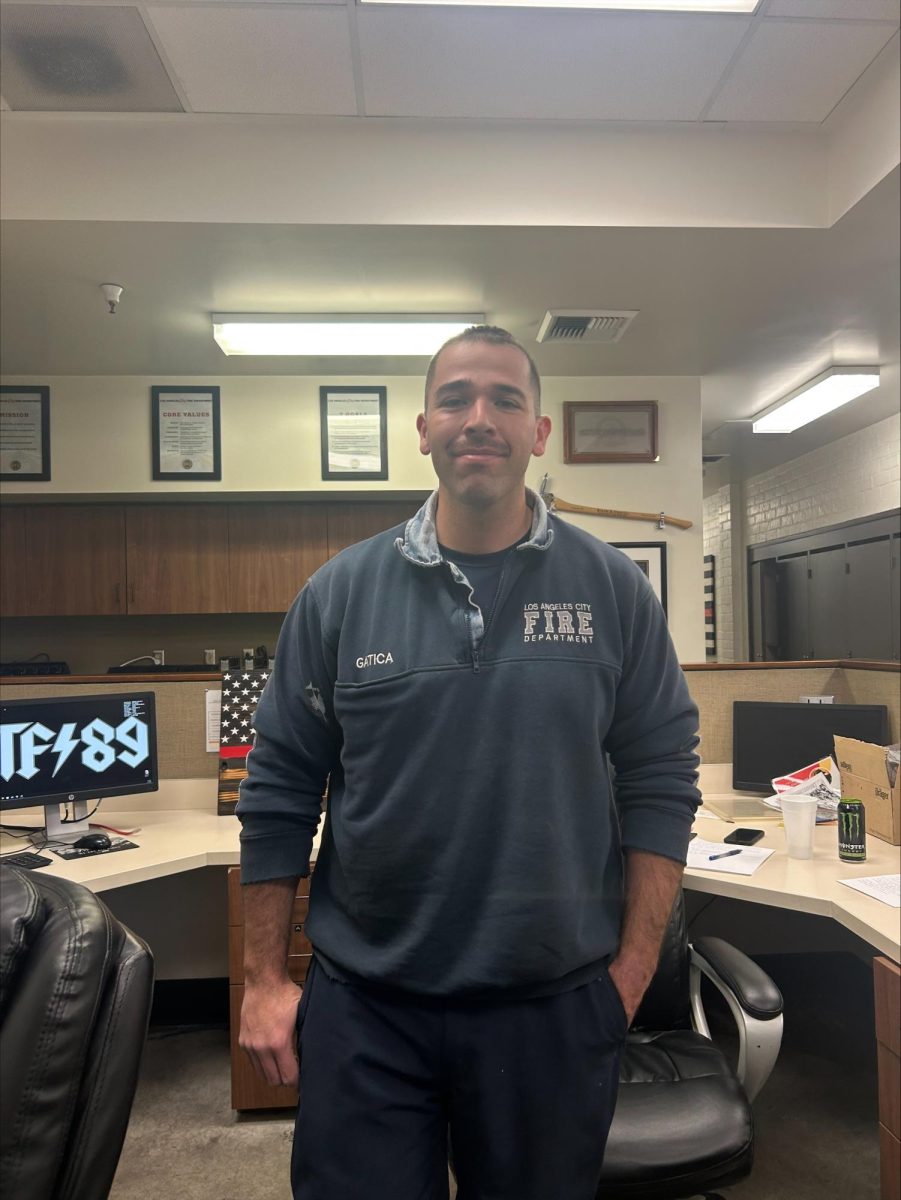
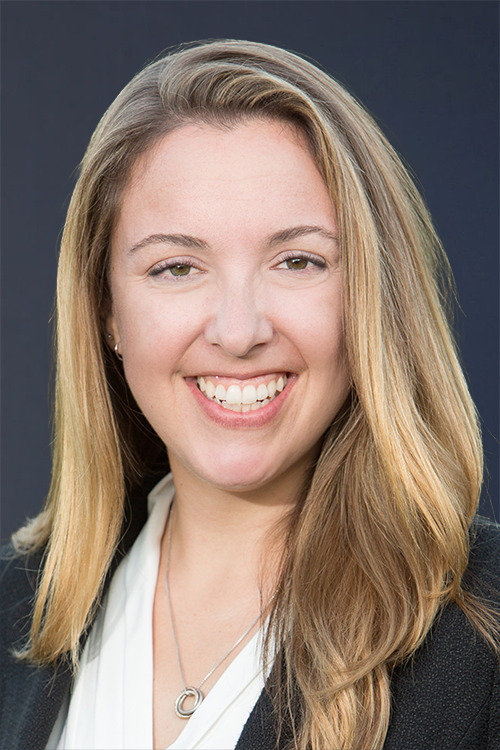
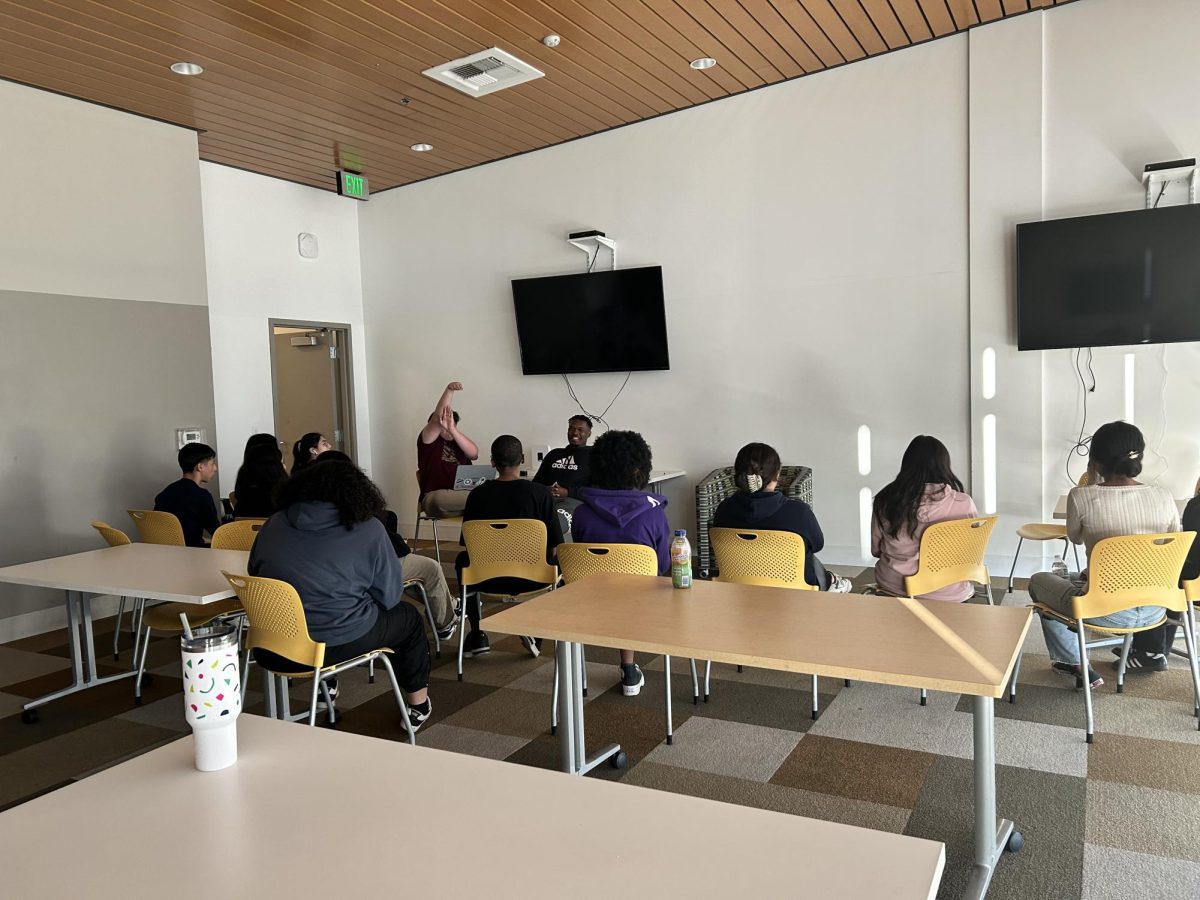
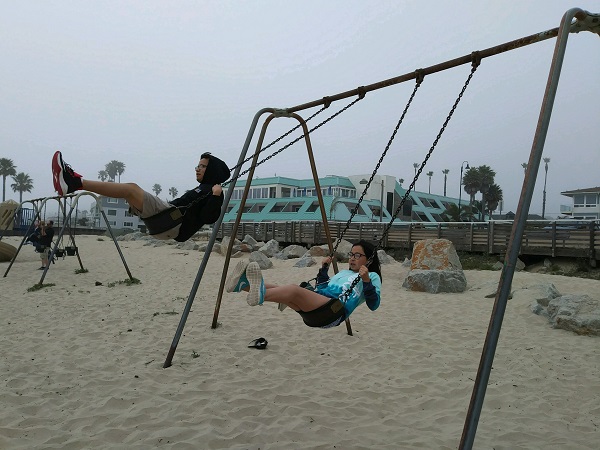
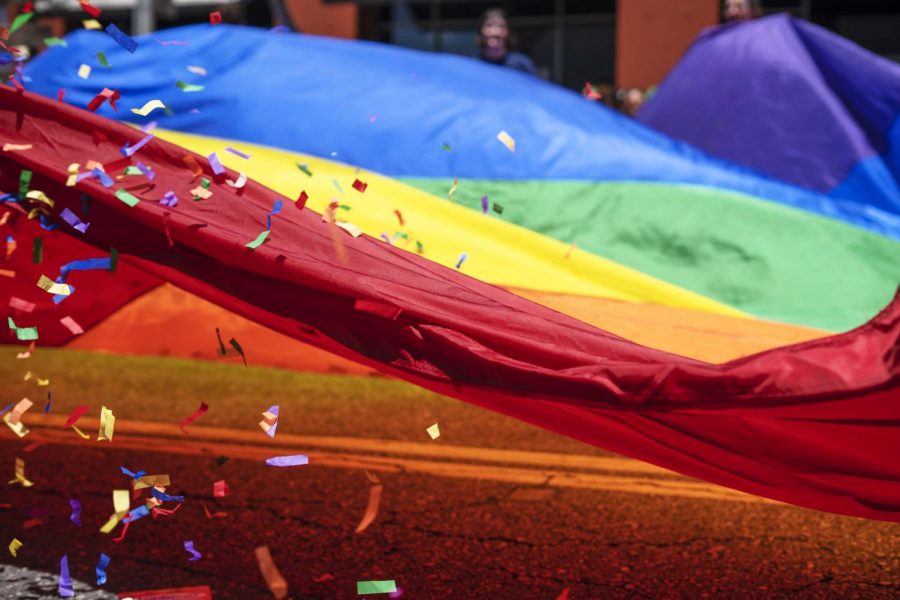
Sanjay Murthy • May 6, 2021 at 10:12 pm
Hi
Myself Sanjay from India
I have done my masters in MBA ( Finance ) with 5 years of experience as facility manager, So as now i have much interested in US culture so i like to join your club as a staff. with low wages as well,
As I’m ready to do any kind of work at your club
All i need is accommodation, Basis salary travel convivence